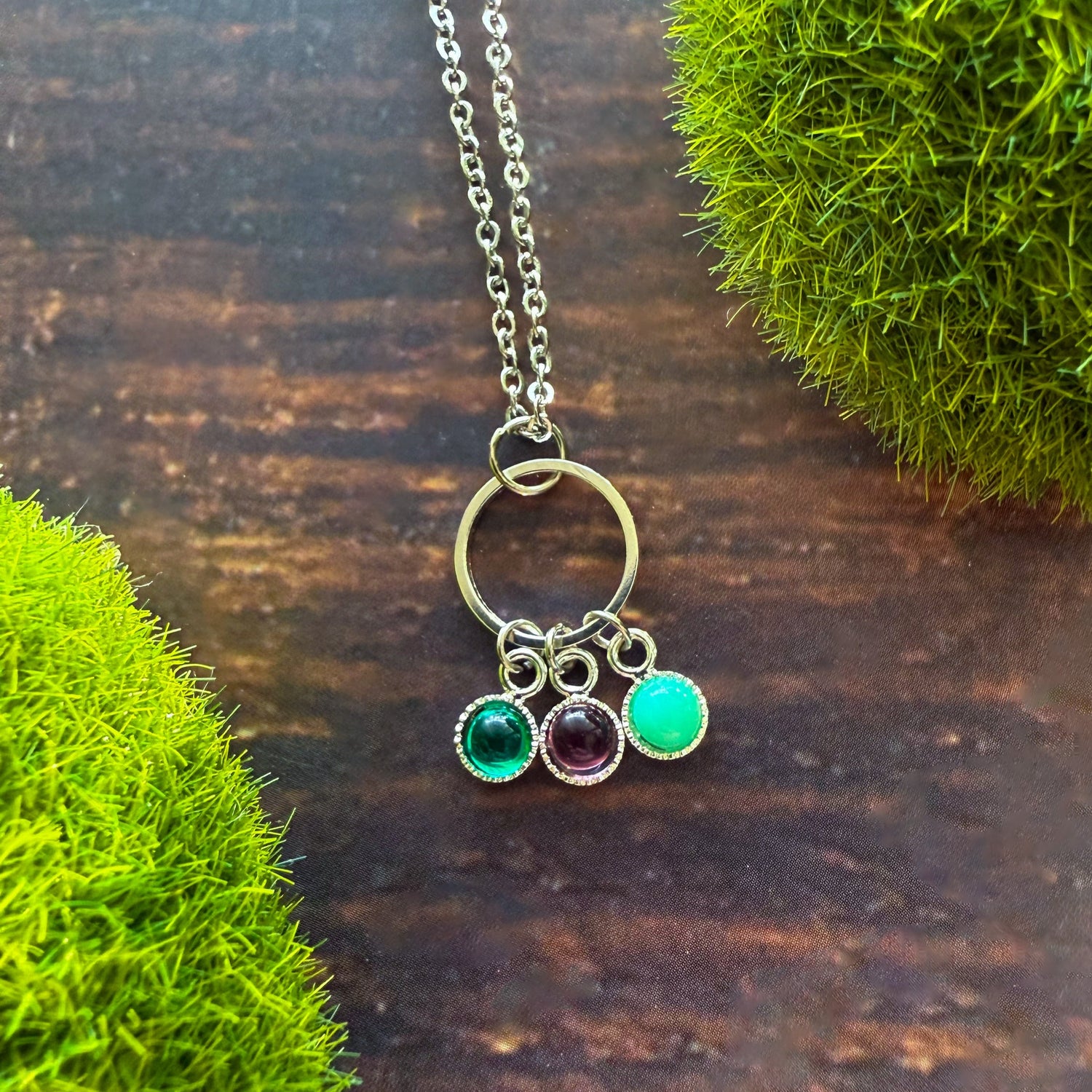
Happy Birthday, Kennedy Space Center!
Share

Happy Birthday, Kennedy Space Center (KSC)! On this day in 1962, this significant superstructure was established on Merritt Island, Florida – and boy has there been some history made there! Originally known as the NASA Launch Operations Center, the KSC is one of ten field centers for NASA; and got its push for production when President John F. Kennedy made the promise to the American people that we would land a man on the Moon by 1970. He also expressed this fervent run-on sentence:
"We choose to go to the moon. We choose to go to the moon in this decade and do the other things, not because they are easy, but because they are hard, because that goal will serve to organize and measure the best of our energies and skills, because that challenge is one that we are willing to accept, one we are unwilling to postpone, and one which we intend to win, and the others, too.”
Logistically, there are about 700 facilities and buildings that are grouped on 6,000 of the approximately 140,000 acres of land that makes up KSC. One of the cooler facilities on the grounds is the 525-foot/160-meter tall Vehicle Assembly Building (VAB), designed to assemble the giant-sized parts, pieces and components that turn into epic things like the Space Shuttle. Fun Fact: These beasts must reach speeds of about 17,500 miles/28,000 kilometers per hour to remain in orbit.

Other nifty buildings include the Launch Control Center, which does exactly what it sounds like – it controls all of the skyward projections from Launch Complex 39. Which, if you were wondering, was originally built for the Apollo program, but later modified for the Space Shuttle program. The Operations and Checkout Building holds housing for astronauts and areas that are used for suit-up preparations before flights. Did’ja know that this was added to the U.S. National Register of Historic Places on January 21, 2000? Well, it was!
(Some of our jewelry, like this double sided moon necklace that features the near and far sides of the moon, would not have been possible without our Apollo program!)
I personally think the Space Station Processing Facility (SSPF) is pretty darn neat, too. It was constructed in 1992 for the purpose of manufacturing and processing imperative doodads like International Space Station modules, flight hardware, equipment, structural components and solar arrays. This place is pretty much a massive mansion at 457,000 square feet, which is a little more than half of Buckingham Palace in comparison. It includes two processing bays, an airlock, several operational control rooms, a smattering of labs, logistic areas and office spaces, a ballroom, conference rooms, and a cafeteria.
Moving on…the Shuttle Landing Facility (SLF) is an airport that was used by NASA’s Space Shuttle for, whelp, landing until the program’s end in 2011. However, takeoffs for NASA training jets also occurred here, including the Shuttle Carrier Aircraft and other civilian aircrafts. The SLF covers about 500 acres, and has one runway called 15 or 33 (depending on the direction of use). At 15,000 feet/4,572 meters long (or a little under three miles for those of us who don’t live our math life in feet or meters), it’s one of the longest runways in the world.

The runway surface is particularly interesting to me. It’s made of an extremely high-friction concrete designed to maximize the badass braking ability of the Space Shuttle as it comes in hot (like hot hot), and at its center it’s said to be about 16 inches/40.6 centimeters thick. The grooved design promotes proper drainage – because most of us have had our hearts jump into our throats when our cars skid on standing water on the roadway, which ain’t no joke – and kicks up the friction factor a few more notches. A local nickname for the runway is “Gator Tanning Facility”, as apparently some of the 4,000 alligators at KSC use it to soak up some Vitamin D for their Floridian glow.

From 1967 through 1973, the ginormous Saturn V rocket was launched thirteen times. The Apollo 4 mission was the first rocket launch from KSC. The first manned launch was the lunar orbiting mission of Apollo 8. On July 16, 1969, the acclaimed Apollo 11 took off and brought us a major historical moment four days later (stay tuned for a more in-depth post later this month!). From 1970 to 1972, the Apollo program wrapped up its exhilarating run at KSC with missions 13 through 17; and in 1973, the last Saturn V launch put the Skylab space station in orbit. It is now on display in the Saturn V center at KSC, pictured above (where Lauren watched the rocket launch last week!)
The Space Shuttle, with an official program name of Space Transportation System (STS), flew a total of 135 missions from 1981 to 2011. During that span, the fleet logged 1,322 days, 19 hours, 21 minutes and 23 seconds of flight time. The shuttle’s longest orbital flight was STS-80 at 17 days and 15 hours. Its shortest (and one of the saddest) was STS-51-L, at just over one minute, when Challenger broke apart during launch. This was especially heartbreaking as the world watched as the 7 person crew plunged into the Atlantic. This mission was particularly special and globally spectated - on board was Christa McAuliffe, the first school teacher to ever attempt space flight. 5 astronauts, 1 payload specialist, and 1 teacher lost their lives that day.

(front row) Michael J. Smith, Dick Scobee, Ronald McNair; (back row) Ellison Onizuka, Christa McAuliffe, Gregory Jarvis, Judith Resnik
Photo Credit: NASA
The KSC served as a landing site for 78 missions, and the Space Shuttle was retired from service on July 21, 2011 upon the conclusion of STS-135 by Atlantis. The program facilitated flight for a total of 355 people reppin’ 16 countries.
I’m sure Lauren will have more to say about the Kennedy Space Center when she recaps highlights from her recent trip for the Light Sail launch. I have yet to experience the space (pun intended) myself, but I hope to get down there one day to catch a momentous event and feel all the power and magic that is a rocket launch. Until then, I’ll live vicariously through Lauren and YouTube videos on high volume – it’s just like being there, right?
xo,
Brittany



